Product Benefits
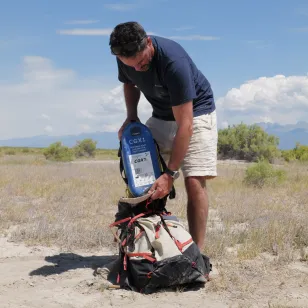
Portable
No pre-preparation or special storage required, life-saving cooling able to be delivered within 2 minutes of diagnosis.
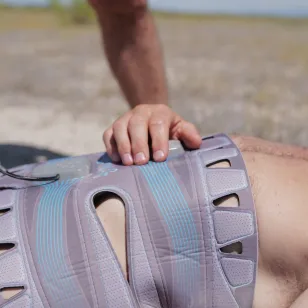
Lightweight
Packaging design to fit within standard emergency vehicle storage compartments.
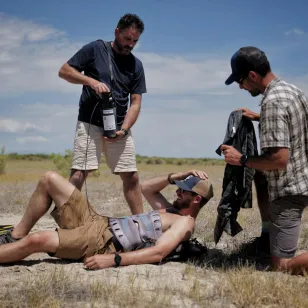
Easy to use
Seamless integration into current medical infrastructure.
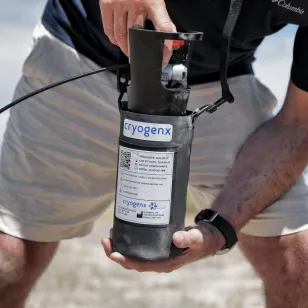
Recyclable
It is easy to recycle the cylinders after use, check with your local recycling facilities for specific instructions.
Why CGX1?
CGX1 is used by paramedics and other first responders to provide immediate core body cooling to people suffering from heat-related illness. By utilising proprietary technology, CGX1 acts as a life-saving device and helps ensure better patient outcomes.
Our technology is the first portable, immediate and effective pre-hospital core body cooling device.
CGX1 is comprised of a body-conforming pad that is cooled via a non-toxic, inert compressed coolant. The device design overcomes many issues ensuring that:
- Powerful cooling proven to reduce core temperature to safe levels
- No pre-preparation or special storage required
- Easy to use with life-saving cooling able to be delivered within 2 minutes of diagnosis
- Effective for at least 30 minutes
- Man-portable at under 5kg
- Allows for CPR to be provided whilst cooling is applied
- Proprietary technology emulates cooling mechanism of ice water immersion
Rapid cooling in cases of Heatstroke protects the brain and other vital organs and is of greatest benefit when applied early in the treatment pathway. Time is of the essence when treating Heatstroke, rapid cooling is essential in promoting optimal patient outcomes.
Applications
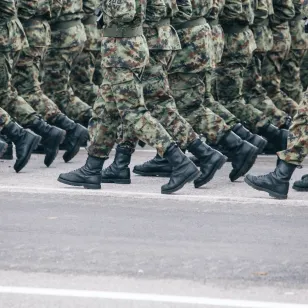
Military
In 2021, there were 488 incidents of heatstroke and 1,864 cases of heat exhaustion among active component service members of the U.S.
Armed Forces (a rate of incidence of 0.37 and 1.40 cases per 1,000 person years respectively).

Construction
Studies show that construction workers are more than 13 times at risk of heat-related death than those in most industry sectors [Gubernot et al].
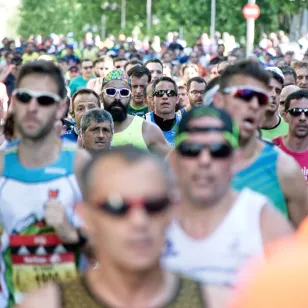
Sports
While sports requiring elevated physical exertion are obvious candidates, heat illness is found also in some that are perceived to be more passive. In Victoria, Australia the two major culprits were golf (>13% of cases) and lawn bowls (>11%) [McMahon et al. 2020].
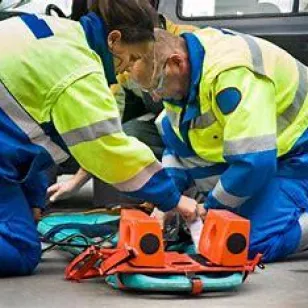
First Responder
Rapid recognition followed by immediate effective cooling is key to achieving a 100% recovery rate.
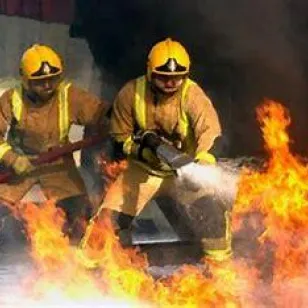
Fire Service
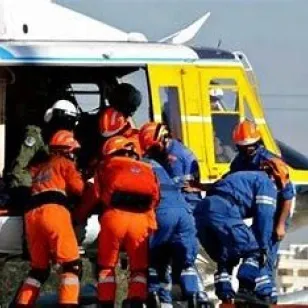
Civil Defence
serious conditions (heat exhaustion or heatstroke). Many factors play a role in the outcome of heat illness, including old age, chronic disease, overcrowding, physical exertion, lack of acclimatisation and dehydration. A lack of proper treatment exacerbates the condition to organ failure, convulsions, coma and increasing intracranial pressure.
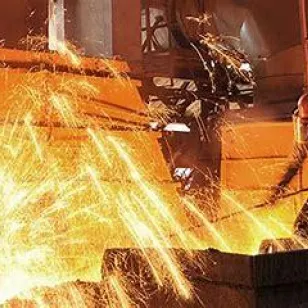
Heavy Industry
Guidance for prevention of heat illness exists but, when it is ignored, circumvented or fails in its aims, immediate effective treatment is crucial.
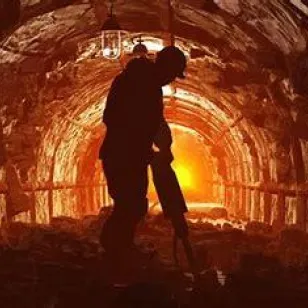
Mining
Rapid cooling prevents mortality and reduces long term debilitation, allowing return to work sooner.